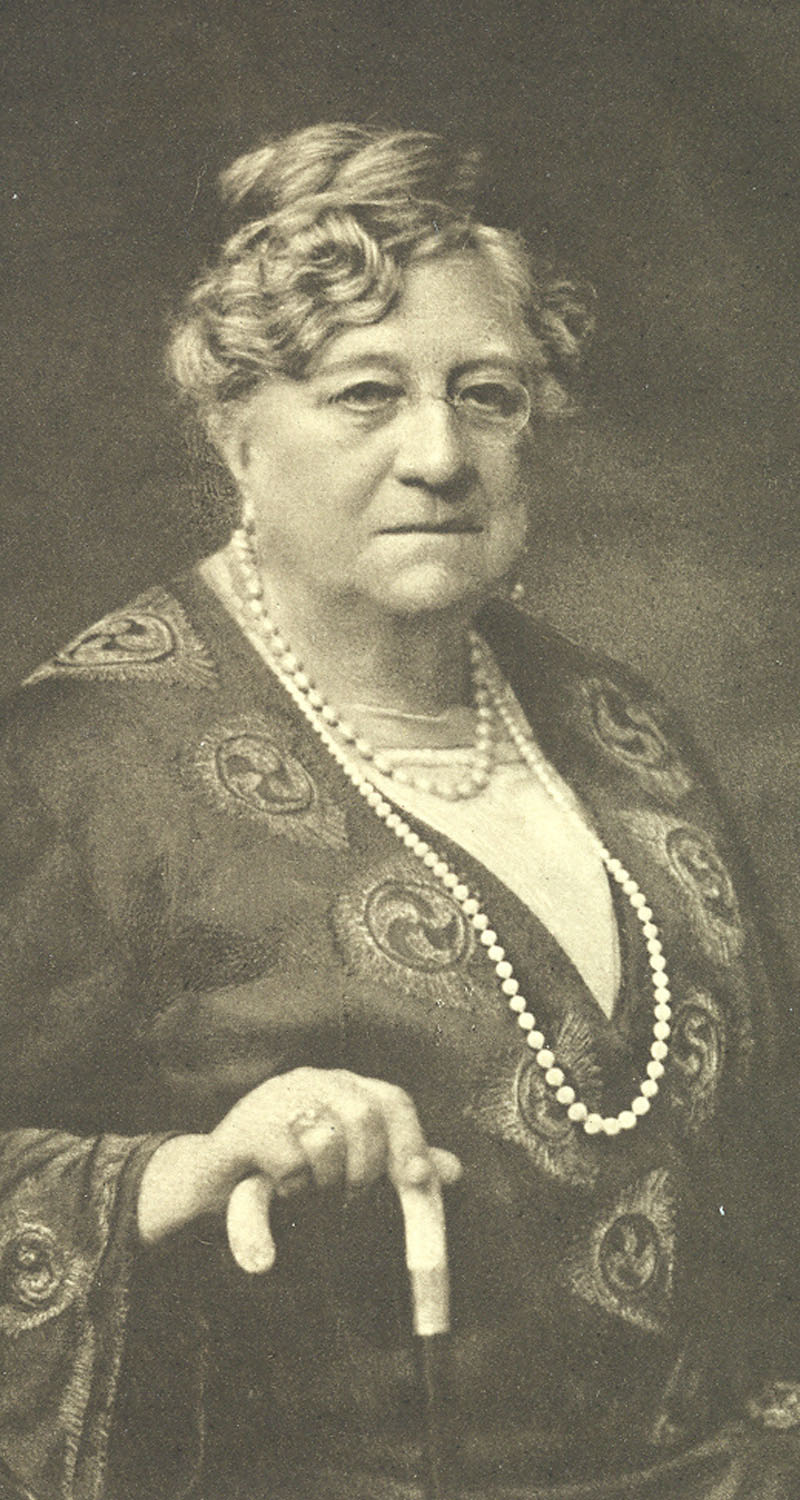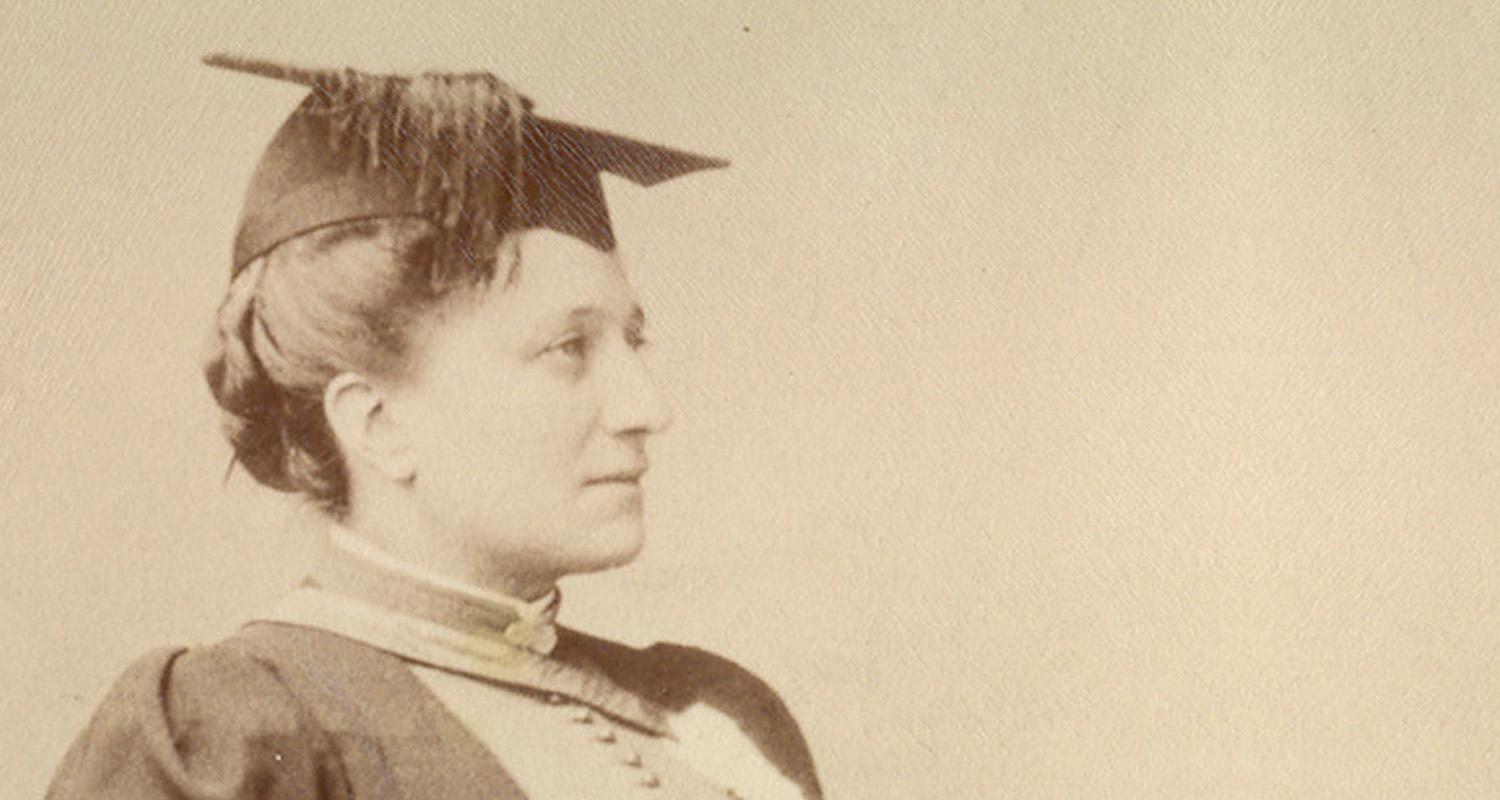During Women’s History Month 2024 we celebrate the life of Margaret Johnstone Reid who left Lauriston Castle in trust to the nation in 1926. In this blog we look at her life and discover the reasoning behind such a generous donation, which has been appreciated by visitors to Lauriston Castle for almost a century.
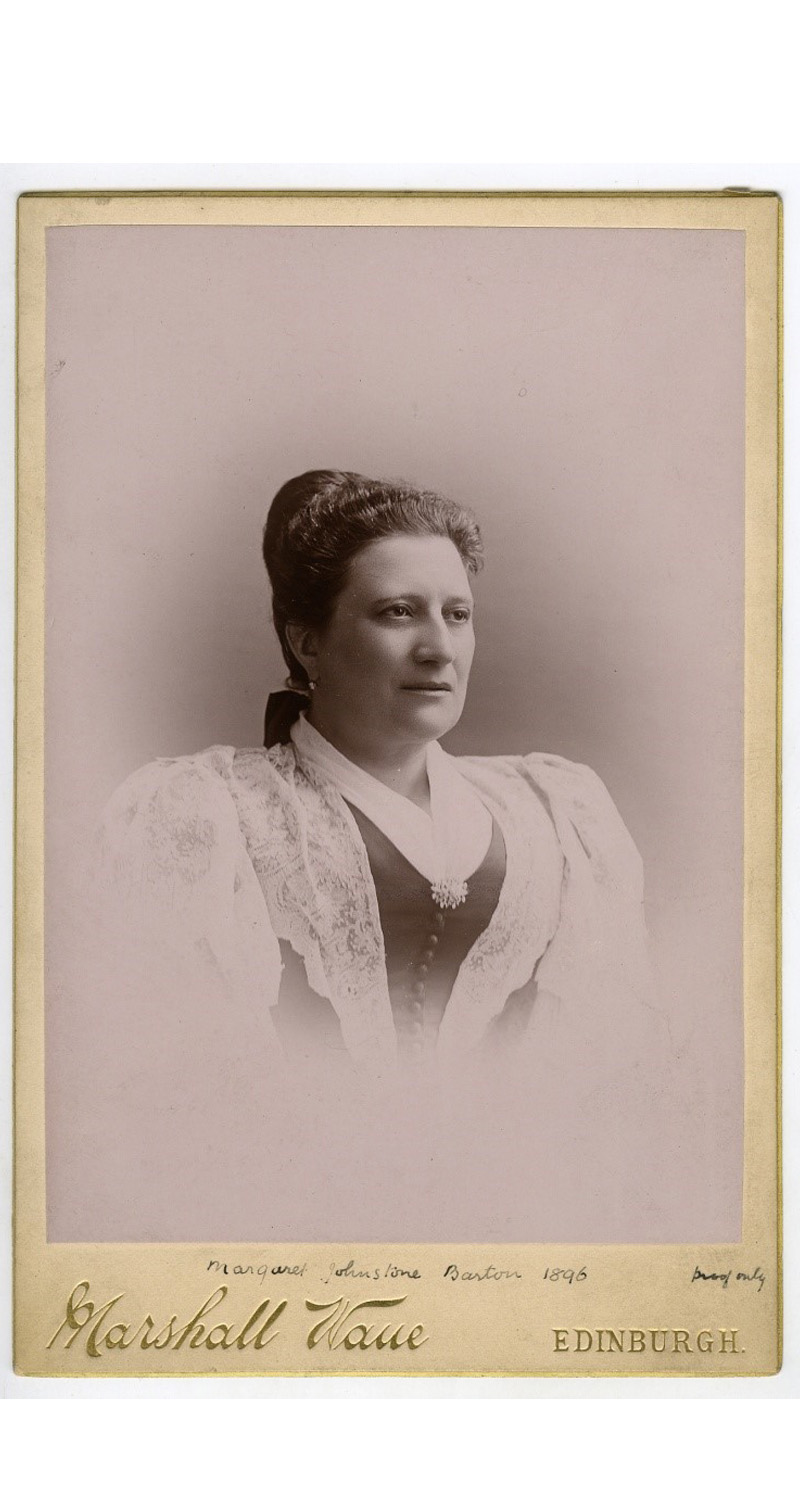
Early Life
Margaret was born in 1854, the youngest surviving daughter of six children into a working-class family. Her father came to Edinburgh to start a plumbing and sanitation business, Barton & Sons, which became a roaring success. Most of the New Town plumbing was installed by his company. While her older siblings went out to work, as the youngest daughter, Margaret’s responsibilities remained at home. She helped her mother keep house, as they had no servants. She eventually became her ill mother’s carer. When her mother died in 1877, the Barton’s position in society had changed and now in a middle-class family it would not have been deemed appropriate for her to work. Unsure of her path in life, Margaret chose two routes: travel and education.
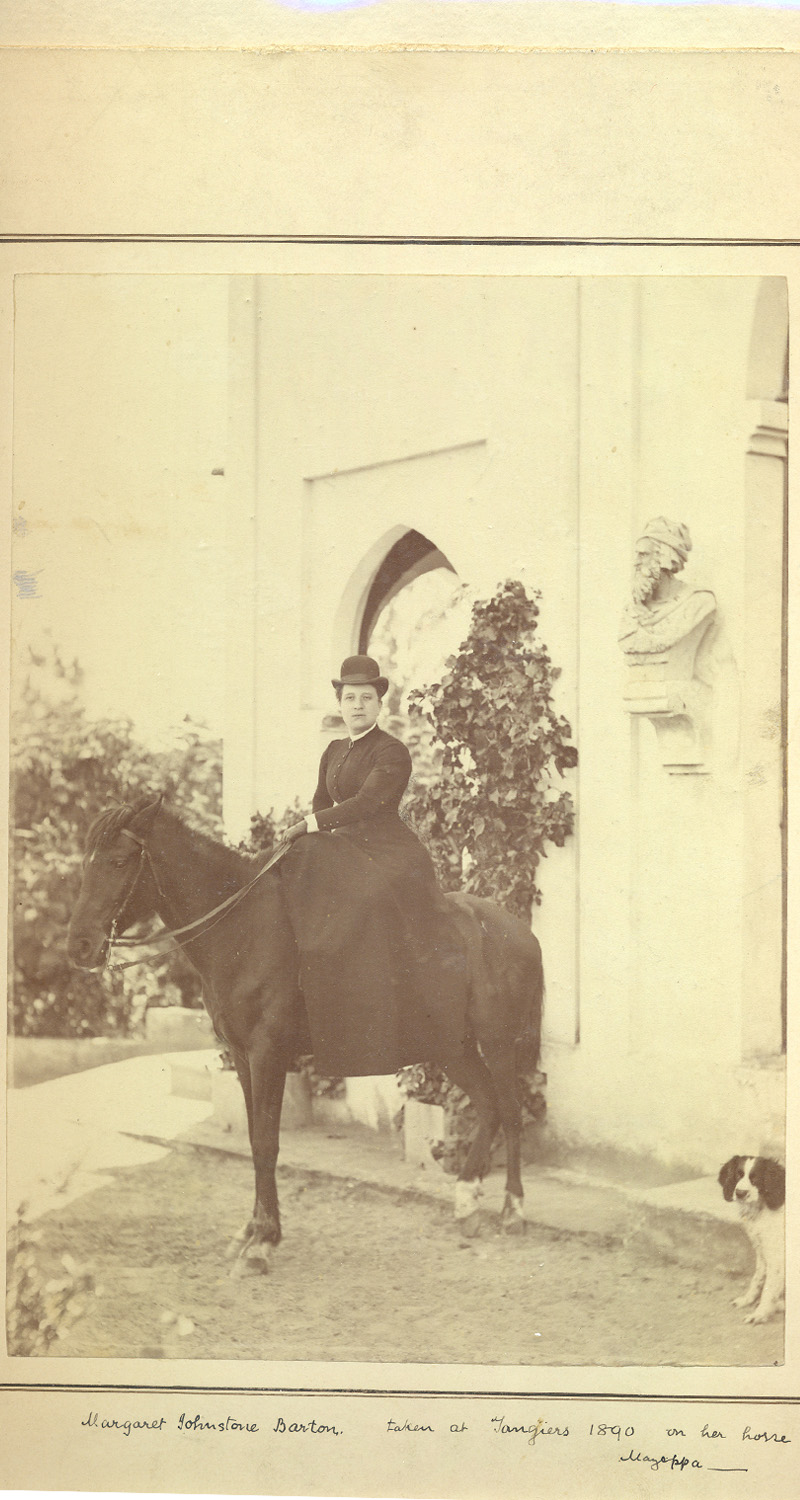
A Worldly Education
Margaret traveled far and wide, from visiting relatives in Canada to horse riding in Tangiers, exploring, collecting and learning as she went.
There were few opportunities for women in higher education at this time. However, in 1867 the Edinburgh Association for the University Education of Women was established. This allowed women to pursue classes and gain certificates at degree level. Women could not matriculate into university until 1892, or graduate with a degree until 1893. Margaret made the most of this opportunity and studied Physiology in 1886 along with 71 other women. One of whom was Elsie Inglis who qualified as one of the first female doctors in Scotland.
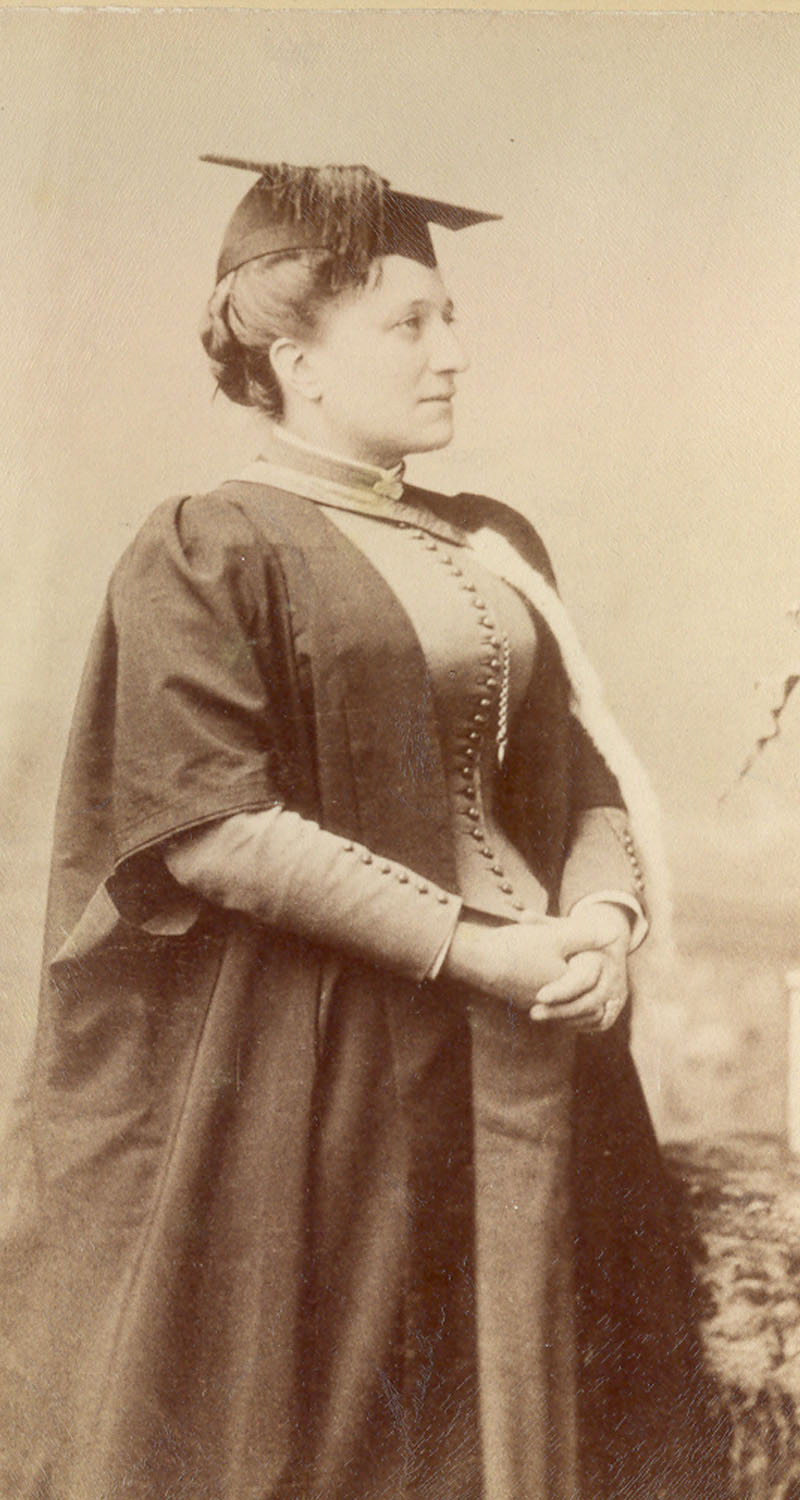
Married Life
Margaret married William Robert Reid in 1896 and they moved into Lauriston Castle in 1903 after the castle had been extensively renovated to their design. Electricity, central heating, interior plumbing as well as modern sanitary ware were installed. This was one of the first houses in the Cramond area of Edinburgh to possess such luxuries. The couple had no children of their own but enjoyed entertaining family and guests at Lauriston. They also traveled extensively throughout Europe collecting paintings, furniture and textiles for their home. During this period Margaret continued with her studies, becoming one of the early female members of the Edinburgh Photographic Society. A great deal of the photos we have are her own work. She could speak several foreign languages, a talent pianist and was a member of the Scoto- Italian society. In later life she was elected a fellow of the prestigious Society of Antiquities in Scotland.
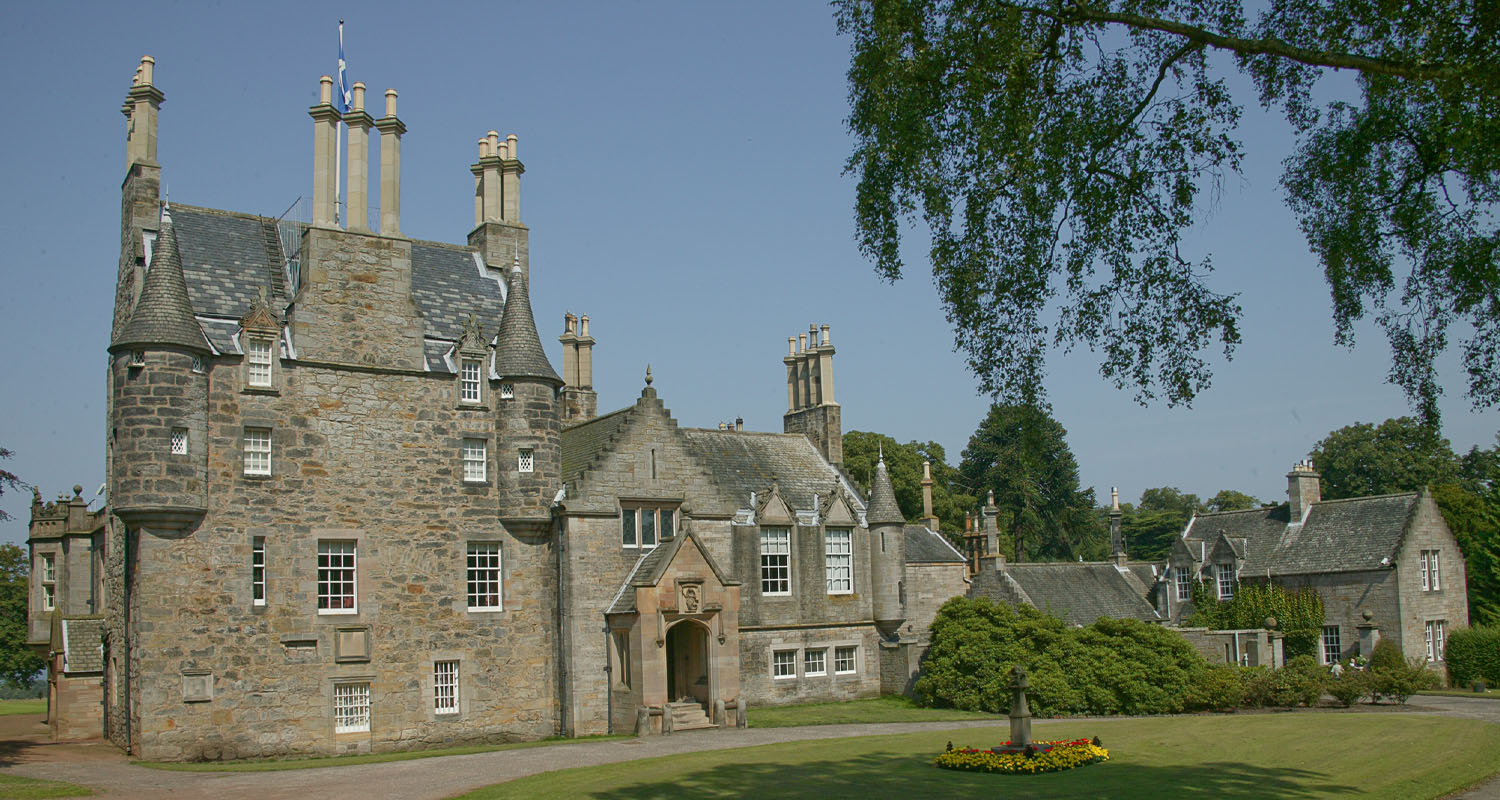
A benevolent employer
Both the Reids were known to be fair employers. Mrs Reid took a particular interest in the welfare of the female staff of the castle, some of whom left home at the age of 15 to live and work in the castle. These members of staff were paid a fair wage and enjoyed the same meals as the owners. Ever mindful of the importance of education, she sent her cook, Ann Nichol, on courses to the recently established Edinburgh College of Domestic Science, better known as "Atholl Crescent". Mrs Reid even had her housekeeper’s headstone inscribed with the words ‘a faithful friend’.
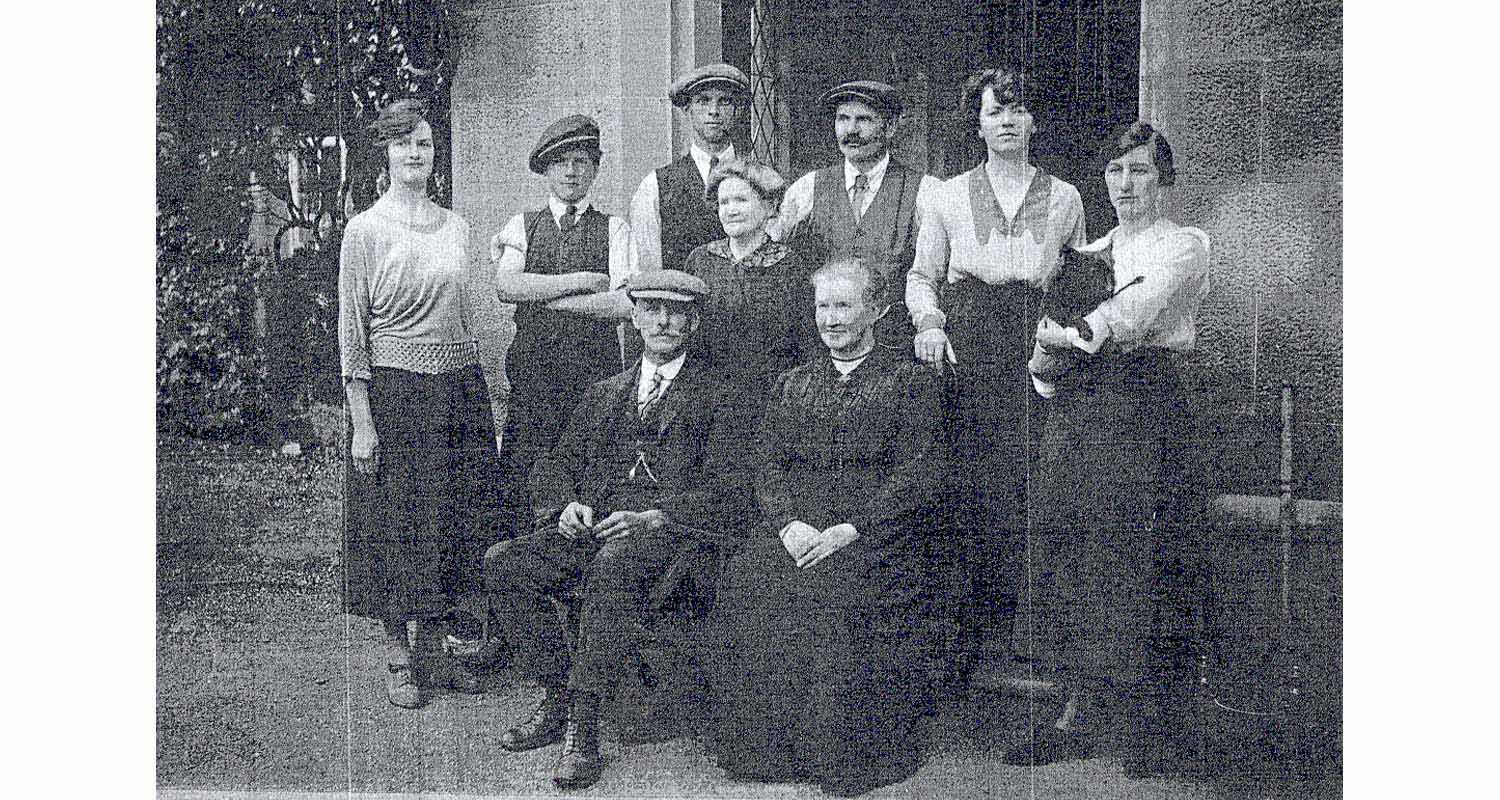
Legacy
Margaret continued to live in the castle, with her housekeeper, Annie MacKay, as her companion after William Reid died in 1919. Before his death, the Reids agreed they would leave the castle, its contents and grounds to the nation. Margaret died in 1926 when the castle for the “intelligent education of the public taste”. It was important to her that future generations could visit the castle to learn about life in the Edwardian era. A “capable” and “strong willed woman with ideas of her own”, her legacy is supported today by a diverse events programme including lectures, family learning activities, access days and specialised tours. We continue to research woman at Lauriston and look forward to sharing their fascinating stories.
